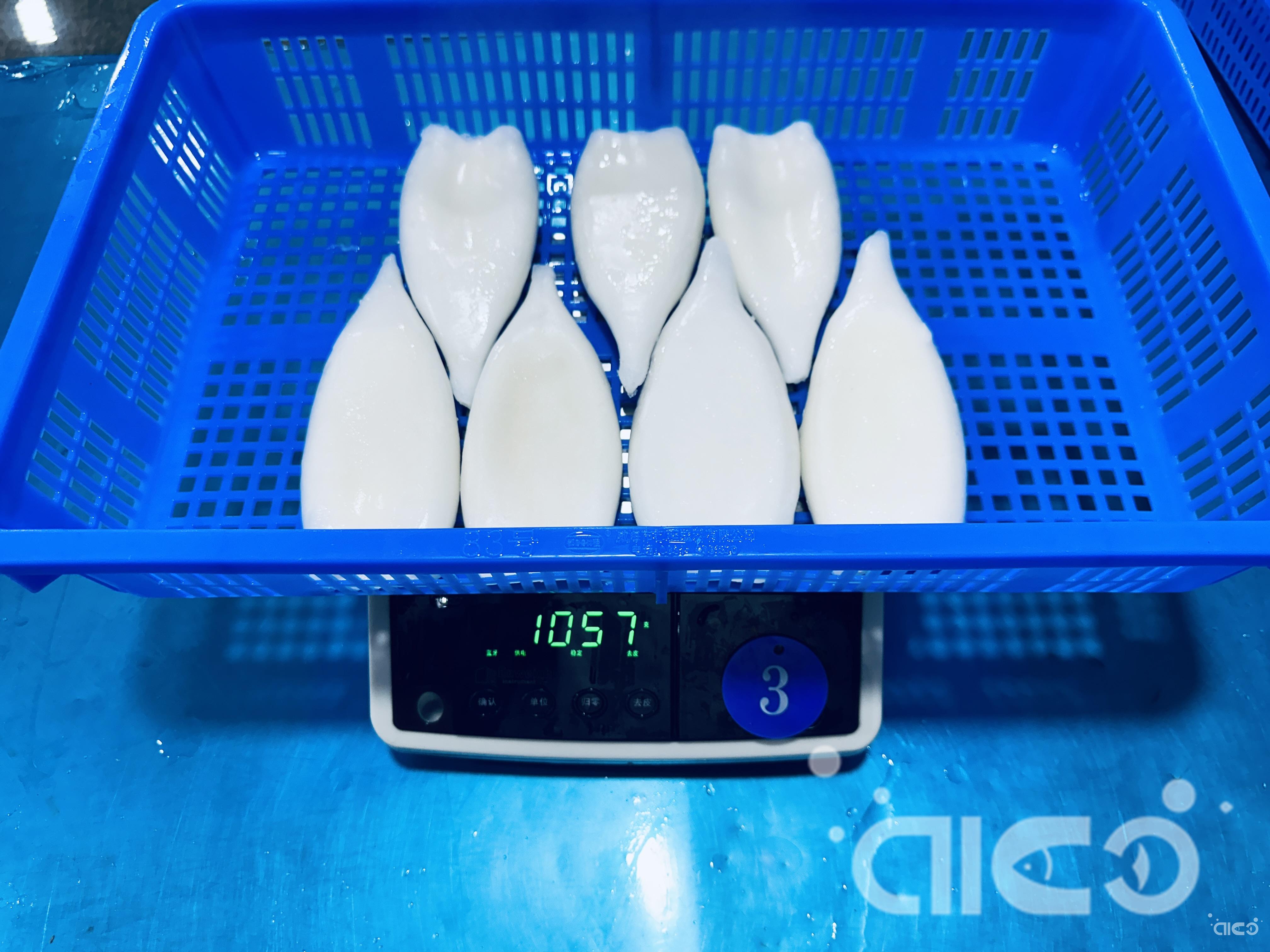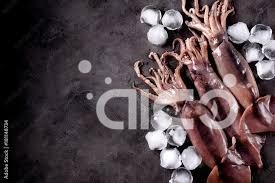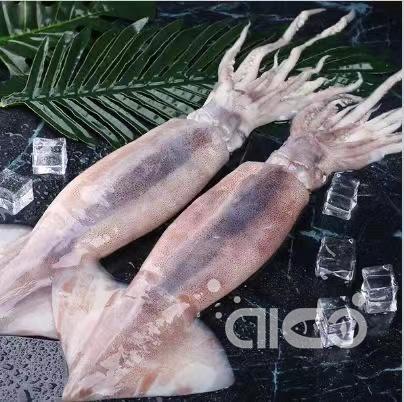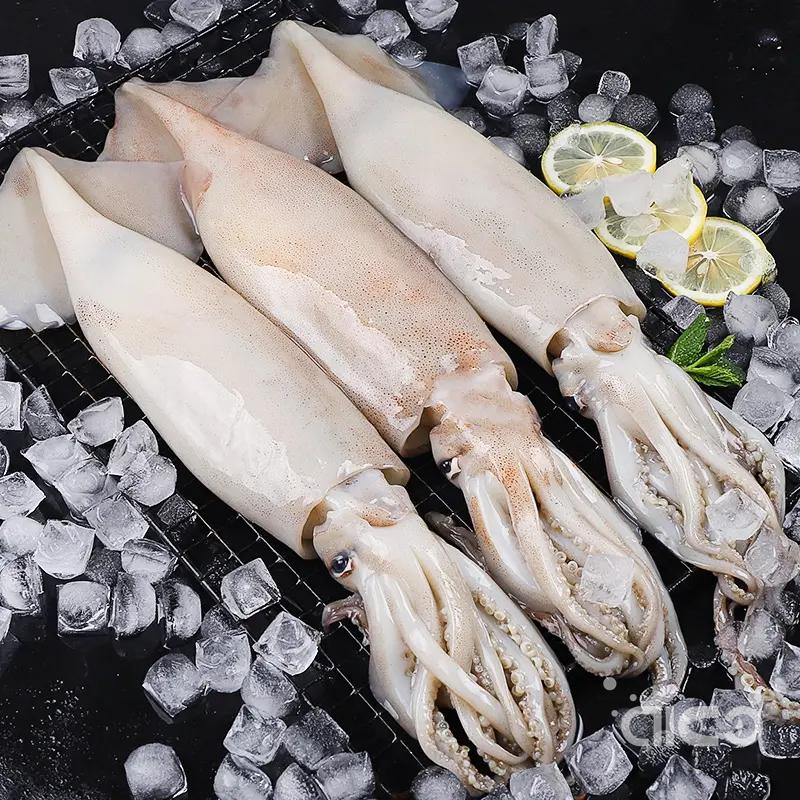Illex Squid Boom in South Atlantic: Historic Harvest Ahead!
Recently, the resources of Illex argentinus in the South Atlantic have experienced a rare peak, with the South Patagonian stock (SSP) biomass reaching record-high levels. This suggests that this season could be one of the most fruitful fishing seasons in nearly 20 years. This significant finding was announced at the first Squid Fisheries Monitoring Committee meeting of the year by Argentina's National Institute for Fisheries Research and Development (INIDEP), attracting widespread attention in the industry.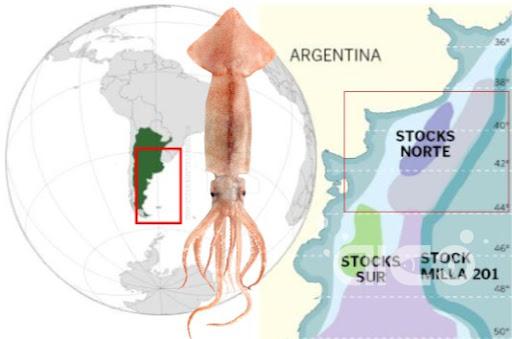
The biomass has surged, rivaling the highest levels in history
The technical report No. 11/2025 released by INIDEP highlights a remarkable surge in the total biomass of the South Patagonian stock of Argentine squid (Illex argentinus), estimated at 376,100 tons with an astounding population count of approximately 162.2 billion individuals. This level of biomass is comparable to that observed in previous bumper years such as 2006, 2012, and 2014, indicating that the resource is currently in a robust and healthy state. The distribution range of Argentine squid spans across the shelf and slope areas between 46°S and 51°S latitude, with core dense areas located on the mid-shelf between 46°S-49°S and the outer shelf south of 49°S. The sizes of the squid caught currently range from 83 to 322 millimeters mantle length (ML), with most males being mature while females are still immature, suggesting significant growth potential within this population. Additionally, researchers have identified a group of smaller individuals (ML<170mm) in the area between 47°S and 48°30'S, consistent with distribution patterns observed in previous years, further confirming the stability of the resource status.
Fishery Management Adjustments and Sustainability Plans
In response to this unprecedented abundance of resources, fishing companies and industry associations have suggested to INIDEP to open certain fishing areas ahead of schedule and accelerate research efforts to take full advantage of this high-quality resource. However, based on historical data analysis, INIDEP recommends maintaining the current fishing plan, which involves gradually opening fishing grounds starting from February to ensure sustainable use of the resource.
During the meeting, optimization plans for fishery sustainability certification became a focal point of discussion. Relevant authorities are considering advancing the opening of fishing grounds south of 44°S latitude to January 1st and north of 44°S latitude before April 1st, while simultaneously promoting mechanisms for the real-time release of fishery monitoring data to better guide fishing operations. These measures aim to balance exploitation and conservation, ensuring long-term sustainability of the Argentine squid fishery.
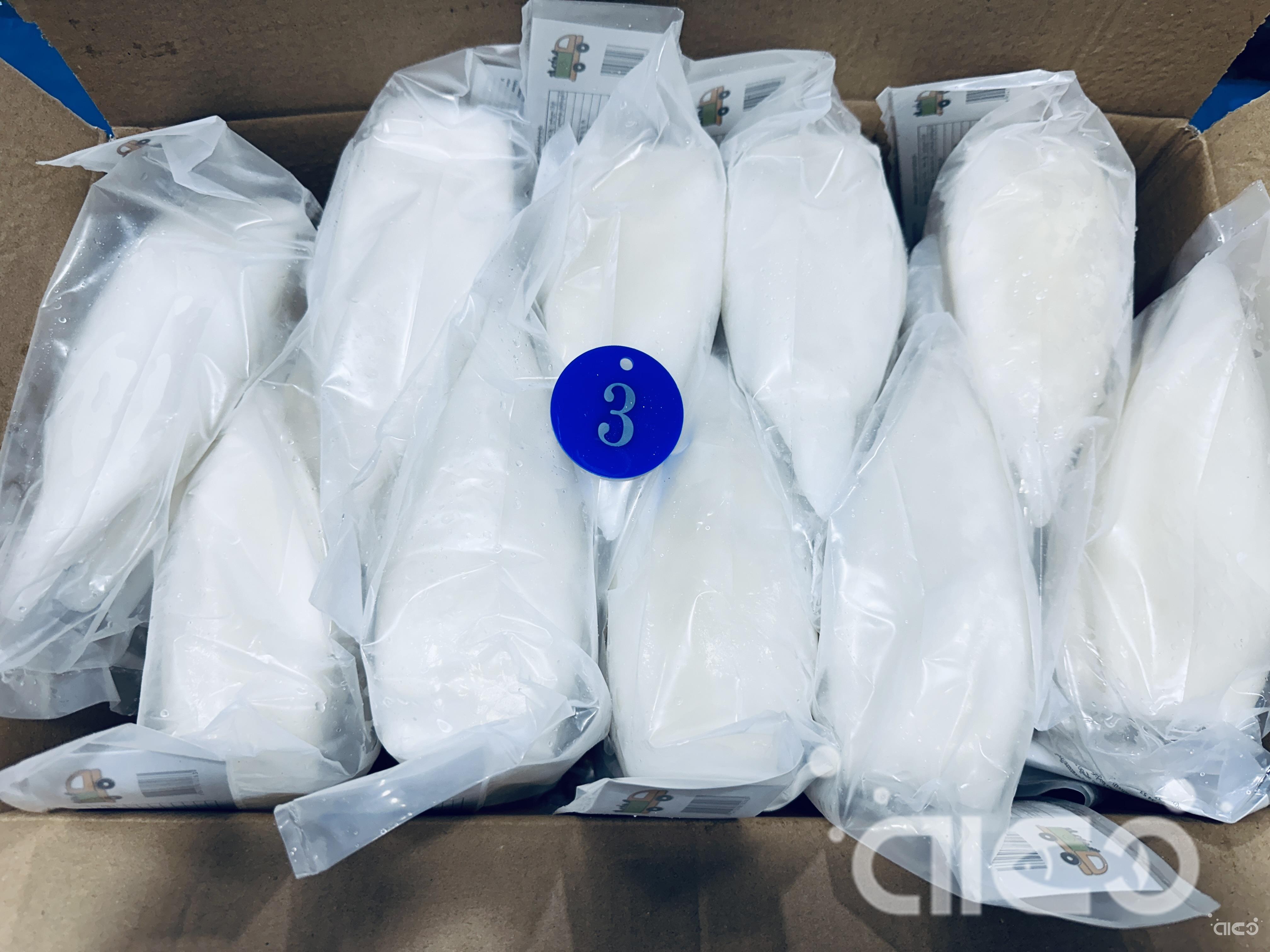
Fishery Management Adjustments and Sustainability Plans:
In light of this unprecedented resource abundance, fishing companies and industry associations have suggested to INIDEP to open certain fishing areas ahead of schedule and accelerate research progress to fully leverage this high-quality Argentine shortfin squid resource. However, based on historical data analysis, INIDEP still recommends maintaining the current fishing plan, which involves gradually opening fishing grounds starting from February to ensure sustainable resource utilization. During this meeting, the optimization plan for fishery sustainability certification also became a focal point of discussion. Relevant authorities are considering advancing the opening of fishing grounds south of 44°S latitude to January 1st and north of 44°S latitude before April 1st, while simultaneously promoting mechanisms for the real-time release of fishery monitoring data to better guide fishing operations.
Argentine Squid Fisheries May Experience a Golden Season
As of April 1st, Argentina's research vessel BIPO Víctor Angelescu has officially commenced the assessment of the Buenos Aires North Patagonian Stock (Bonaerense North Patagonian Stock) resources in areas north of 44°S latitude. This survey is expected to provide a more comprehensive understanding of Argentine shortfin squid population dynamics, offering strong support for future fishing management. Against the backdrop of the current resource surge, the industry generally believes that 2025 may become a historic bumper year for the Argentine squid industry, not only potentially increasing deep-sea fishing revenues but also injecting new vitality into the global squid supply chain.
